In a groundbreaking leap for U.S.-made drones, Alabama-based Performance Drone Works (PDW) has unveiled the C100, a lightweight, rucksack-portable quadcopter designed for military precision. Born from the high-speed thrills of the Drone Racing League, PDW’s pivot to battlefield innovation is reshaping tactical operations, with over $15 million in U.S. Army contracts signaling robust Pentagon support.
From Racing Roots to Battlefield Ready
PDW’s journey began six years ago, crafting drones for the Drone Racing League’s 90-mph obstacle courses. CEO Ryan Gury, a drone design veteran, told Business Insider the company aimed to fill a gap in U.S.-made robotics. The C100, weighing just 10 pounds with a customizable payload, flies over 70 minutes at speeds up to 40 mph. Its compact design fits in a soldier’s pack, enabling squad-level surveillance, strikes, and more. “Our thesis is small, tactical drones deployed by single units,” Gury said, emphasizing accessibility for warfighters.
The Ukraine war has spotlighted small drones’ game-changing potential, from bombing runs to tank takedowns. PDW’s C100, free of Chinese components, aligns with the Pentagon’s push for a reliable domestic supply chain, a priority as the Army overhauls for modern warfare.
Scaling Production, Surpassing Expectations
In Huntsville, Alabama, PDW’s production is soaring. Initially aiming for 30 C100s monthly, the company now churns out 70, with plans to double that soon. “We outgrew our factory in just eight months,” said retired Gen. Tony Thomas, PDW’s board chairman. A new first-person-view drone, set for a summer debut, is expected to push output even higher.
Veterans, comprising 20% of PDW’s workforce and 63% of leadership, bring battlefield insight. Chief Technology Officer Dylan Hamm, a former Navy SEAL, oversees rigorous testing for payload, weather, and countermeasures. “We test daily,” Hamm noted, ensuring drones meet diverse combat conditions.
Adapting to Evolving Warfare
The C100’s design reflects lessons from Ukraine’s fast-evolving battlespace, where electronic warfare demands rapid adaptation. “We must be ready to pivot,” Hamm said, highlighting PDW’s agility. Co-founder Matt Higgins pointed to drones’ asymmetrical edge: “A $1,000 drone can destroy an $8 million tank.” This cost-effectiveness drives demand for affordable, scalable systems.
PDW’s veteran-led team, including Chief Revenue Officer Chuck McGraw, stresses forward-thinking design. “If we’re building for past wars, we’re behind,” McGraw said. Close collaboration with the Department of Defense ensures drones meet warfighters’ needs, fostering TRUST and flexibility.
DroneXL’s Take
PDW’s C100 isn’t just a drone; it’s a bold step toward U.S. dominance in tactical robotics. For drone professionals, the C100’s portability and payload flexibility set a new standard, while recreational pilots can appreciate its racing DNA. The Pentagon’s backing and PDW’s veteran-driven innovation signal a bright future, but the real win is clear: affordable, American-made drones are leveling the battlefield. As hobbyists cheer the tech and soldiers rely on it, PDW proves drones aren’t just tools—they’re the heartbeat of modern warfare.
Photo courtesy of Performance Drone Works
Discover more from DroneXL.co
Subscribe to get the latest posts sent to your email.
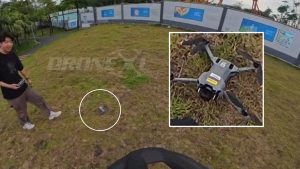
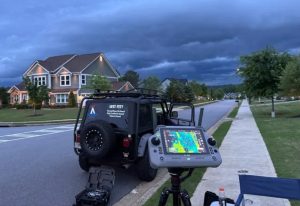
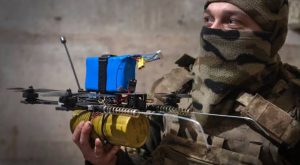
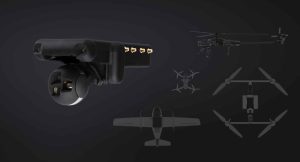
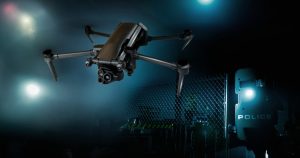
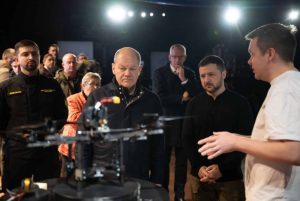

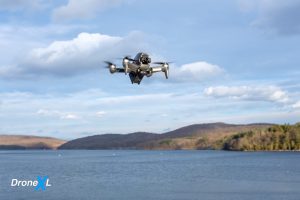

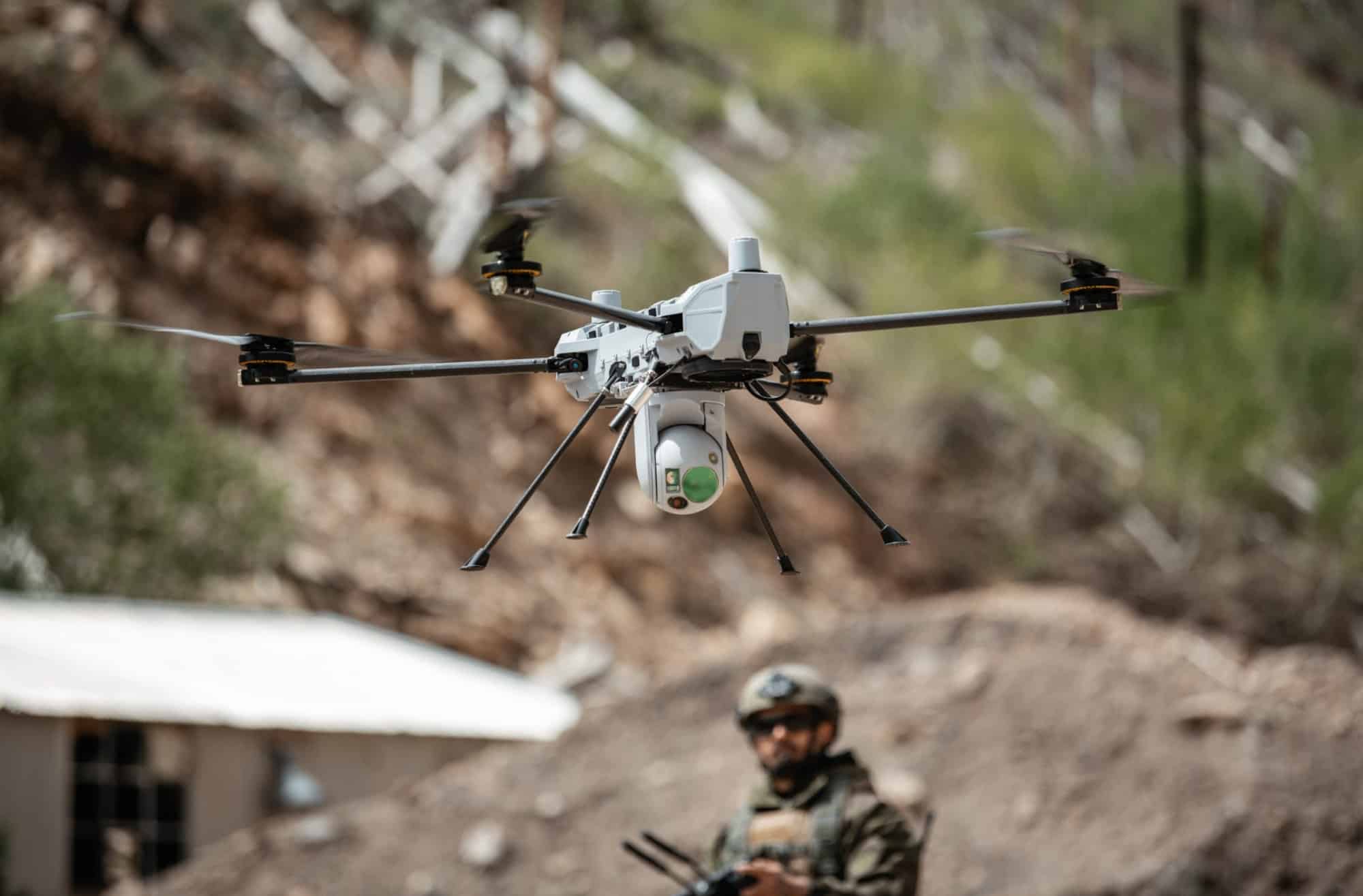
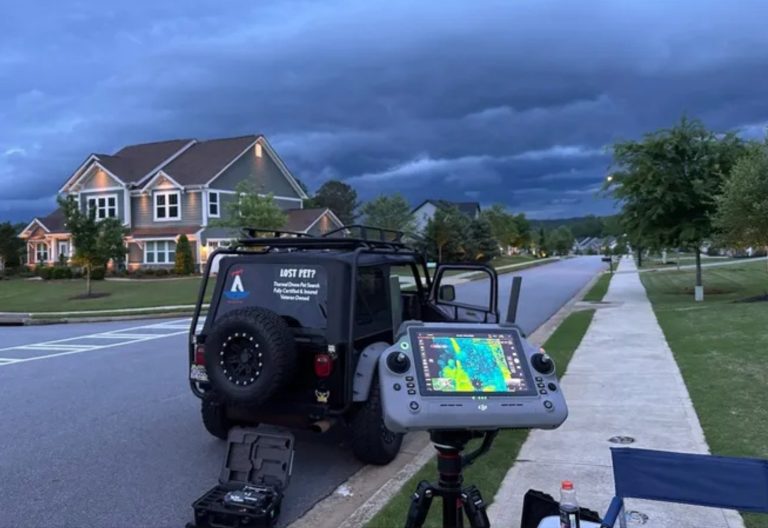
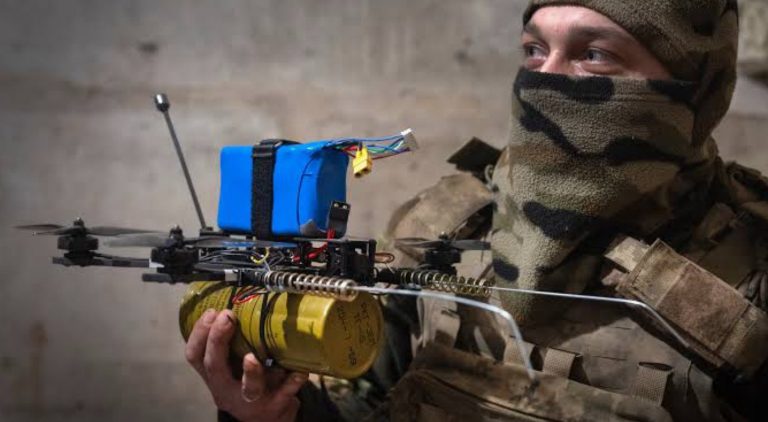
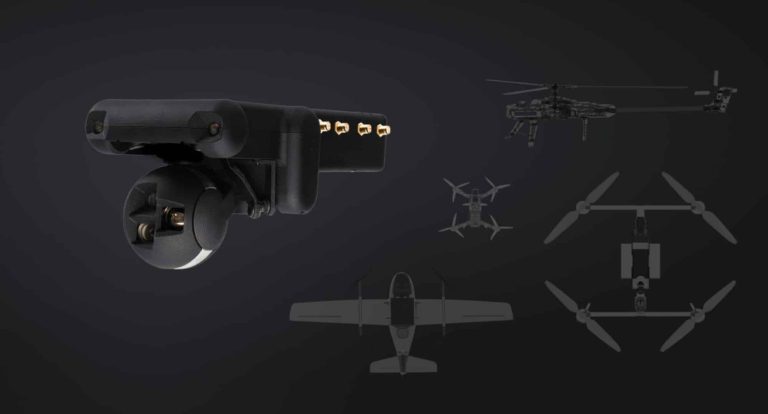
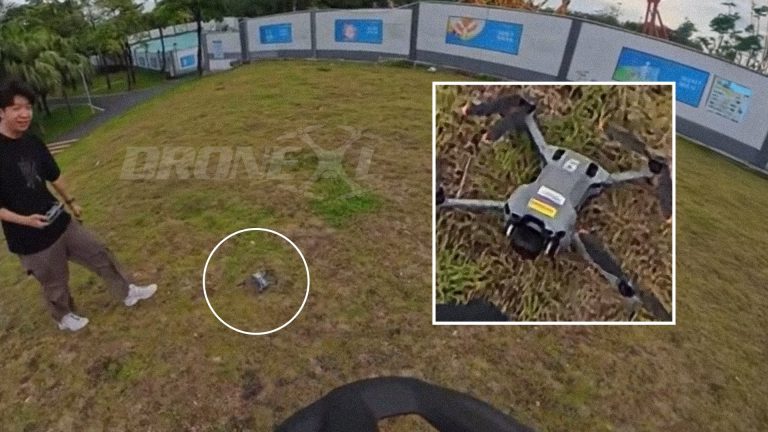


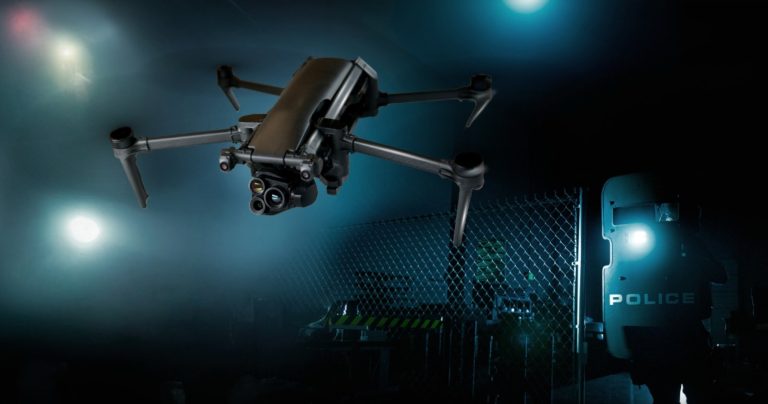
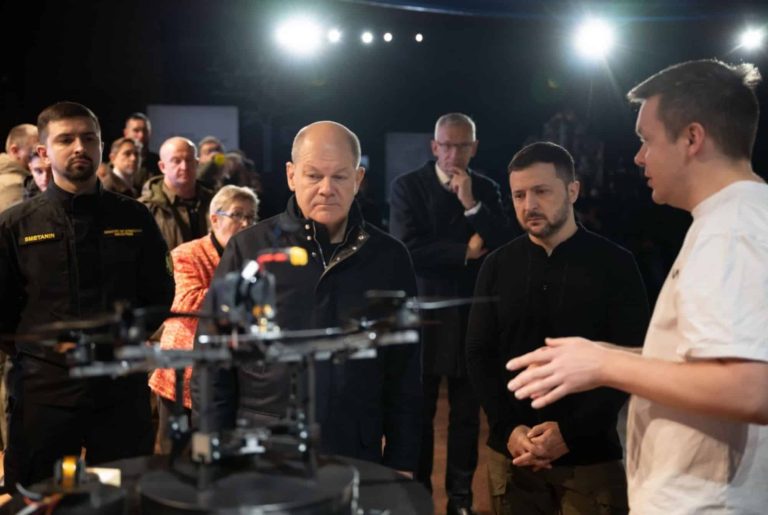
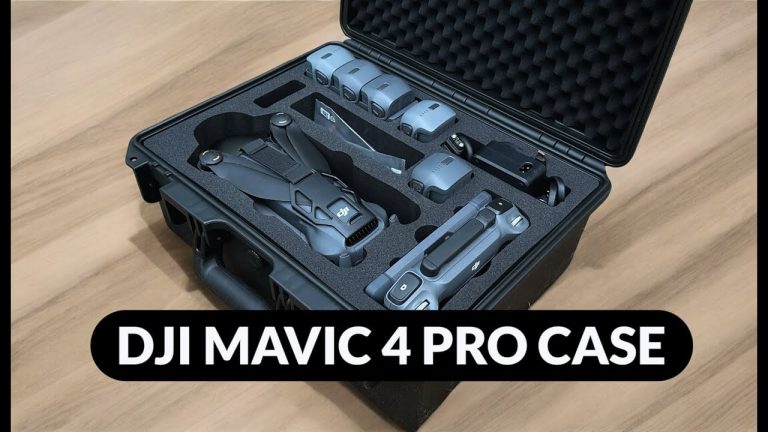
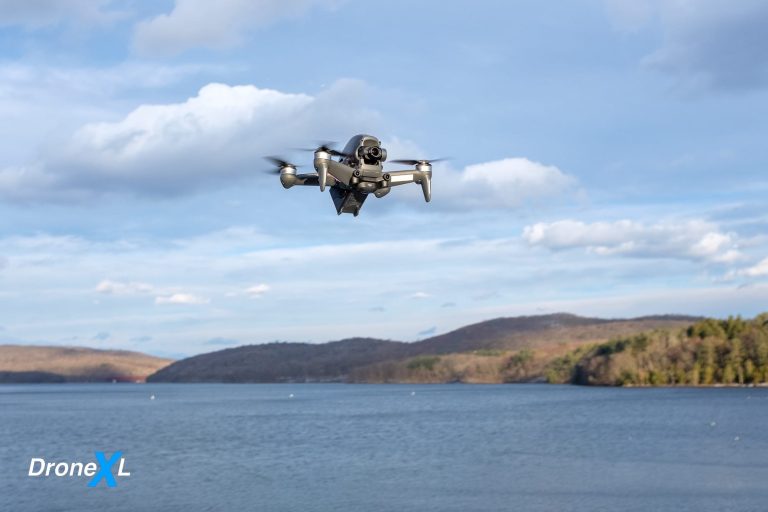
+ There are no comments
Add yours